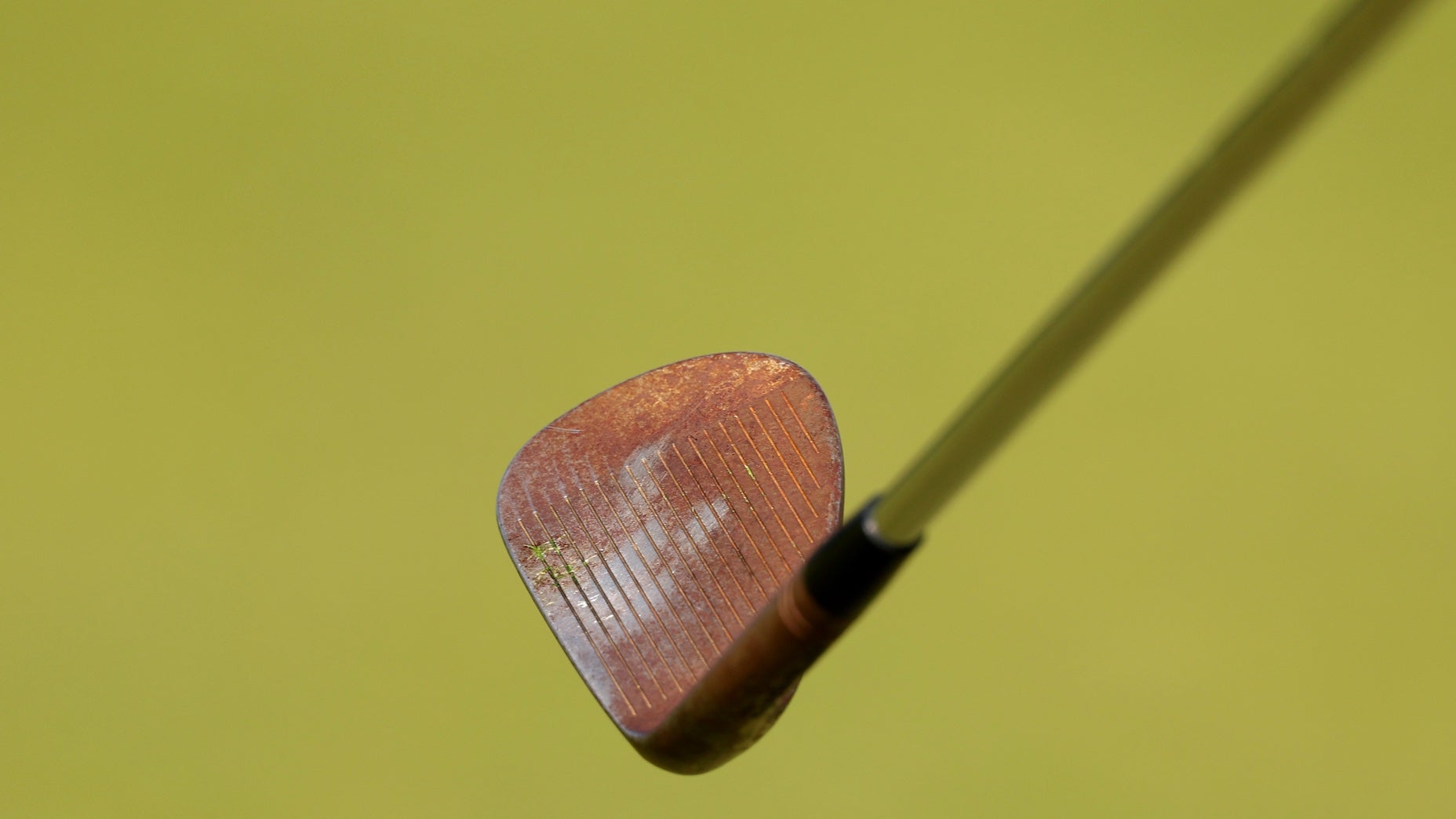TaylorMade Qi10 is ideal for 1 miss, according to robotic driver testing

TaylorMade's new Qi10 lineup earned high marks during the latest round of robotic testing with Golf Laboratories.
Jonathan Wall/GOLF
For the 2024 edition of GOLF’s ClubTest, we once again teamed up with Golf Laboratories for robotic driver testing. With the help of their swing robot, we’re able to get a better picture of how each driver performs at the same speed (95 mph), delivery and attack angle in a 9-point face mapping test. The end result is an unbiased (and extremely detailed) look at where each driver model excels.
We continue with robotic insights on TaylorMade’s all-new Qi10 drivers. Pick up all your new TaylorMade gear at Fairway Jockey.
MORE FROM OUR 2024 CLUBTEST COVERAGE: TaylorMade Qi10 drivers: 5 things you need to know | TaylorMade Qi10 fairway woods and hybrids: 5 things you need to know | TaylorMade Qi10 irons: 4 things you need to know | Does TaylorMade’s Qi10 lineup live up to the hype? (ClubTest Debrief)
***
Toe trends
Looking at recent robotic testing data over the last few years, TaylorMade has done an admirable job combating high-toe misses ever since it made the leap to a carbon composite face with Stealth. The first iteration saw high-toe misses lose an average of 3.4 yards (across all three models at 10.5 degrees); that number doubled last year to 6.8 yards with Stealth 2.
Losing roughly 7 yards on a high-toe strike isn’t reason for concern, but no manufacturer wants to go backwards. Not only did TaylorMade engineers fix the recent high-toe slide, they produced a Qi10 driver lineup that all but negates one of the most common misses.
TaylorMade Qi10 Custom Driver
$599.99
View Product
Looking strictly at 10.5-degree Qi10 heads — 2024 represents the first year GOLF has tested all lofts — high-toe misses actually gained distance, to the tune of 2.2 yards. It’s a staggering number that highlights the significant improvements made to the carbon twist face construction.
Along with providing superior ball speed protection on high-toe misses, the 12-degree Qi10, Qi10 Max and 10.5-degree Qi10 saw distance decrease by 6 yards or less across all 9 points on the face at 95 mph.
Special stuff
Back in 2022, Cobra’s LTDx Max driver (10.5 degrees) produced an average distance loss number that almost seemed to good to be true. Comparing a geometric center strike to the other eight mishit locations the swing robot tested on the face, LTDx Max lost only 3.4 yards. It remains the best performance we’ve seen in terms of off-center performance since GOLF started conducting robotic testing.
TaylorMade’s 12-degree Qi10 Max came oh-so-close to taking the crown with a 3.5-yard distance loss number that was nearly 2 yards better than the runner-up 12-degree Qi10 (5.2 yards).
For golfers who swing around 95 mph with a neutral attack angle, the 12-degree Qi10 Max is most certainly a driver that needs to be in the testing discussion, regardless of impact location.
Even low toe and heel misses — two locations that produced distance losses ranging from 20-40 yards with other models — saw distance decrease by only 11.5 yards.
Every driver has flaws, but the 12-degree Qi10 Max is about as good as it gets when it comes to retaining ball speed and maximizing performance across all mishit locations.
Low as it goes

Compared to Stealth 2, all three Qi10 models produced lower launch and spin numbers this go around. Launch went from 10.6 degrees (Stealth 2) to 9.5 degree (Qi10), while spin dipped from 2,836 RPMs (Stealth 2) to 2,775 RPMs (Qi10).
Finding ways to lower launch and improve forgiveness is generally a good recipe for improved distance numbers. The 9-degree Qi10 Max, in particular, produced one of the longest carry averages across all nine points.
Bombs away

One of the most interesting aspects of robotic driver testing is locating the “cheat codes” in the data. For instance, you can actually drop spin (and likely gain distance) by simply teeing the ball up with Qi10.
During testing, Qi10’s spin rate went from 3,000 RPMs on a geometric center strike to 2,500 RPMs on a higher center miss. The Qi10 LS saw a similar spin reduction on the same two locations (2,700 RPMs vs. 1,900 RPMs).
In fact, the spin delta between center and high center on all Qi10 lofts ranged from 500-800 RPMs. If you’re looking for ways to shed spin without making loft sleeve or shaft changes, simply work on impacting the ball higher on the face. Yes, it’s really that simple.
Want to overhaul your bag for 2024? Find a fitting location near you at GOLF’s affiliate company True Spec Golf.












